Labs & Activities

Mystery of the (Hominin) Skulls
Evolution
High School
Inquiry/Scientific Method
In this laboratory activity students will examine nine hominin skulls for specialized features and take measurements that will enable them to determine the relatedness of these species. They will identify the placement of each specimen on a phylogenetic tree that also reveals the geological time frame in which each species… read more of the article entitled “Mystery of the (Hominin) Skulls”

Oh Deer- Project WILD
2012 CIBT Alumni Workshop
Animals
Ecology
High School
Middle School
Students simulate a deer population and its “limiting factors” of water, food, and shelter, which are represented by strips of colored paper. “Deer” who are unable to find a match for their limiting factor do not survive the round, and instead becoming limiting factors. The data is collected and graphed,… read more of the article entitled “Oh Deer- Project WILD”

Phoot Lab
High School
Human Health
Physical Sciences
Physiology
In this lab students will investigate the application of physical principles to a living organism. Students will analyze the foot and its function as a machine by applying lever mechanics to the “walking” foot. Analysis will incorporate anatomical terms for some of the muscles and bones involved in plantigrade motion…. read more of the article entitled “Phoot Lab”

Plant Game
Ecology
High School
Middle School
Physiology
Plants
This exercise helps students think about how plants grow in a fun and enticing manner. Teams of students “grow a plant” composed of “leaves,” “roots,” and “flowers.” The goal of the game is to produce a maximum number of flowers, which is possible only if the students have a good strategy to… read more of the article entitled “Plant Game”

Predator-Prey Population Oscillation- Bridget Henshaw
2012 CIBT Alumni Workshop
Animals
Ecology
High School
Middle School
This activity introduces students to the oscillating relationship between predator and prey population sizes. Students manipulate small “creatures” (anything from gummy worms to animal crackers to plastic animals) with differing numbers of predators/prey and calculate population changes between rounds of predation. Data is graphed in Excel at the end. Downloads… read more of the article entitled “Predator-Prey Population Oscillation- Bridget Henshaw”

Primary Productivity Lab- modified by Sean McGlynn
2012 CIBT Alumni Workshop
Animals
Ecology
High School
Inquiry/Scientific Method
Physical Sciences
Plants
Students will use LaMotte Test Kits to determine the concentration of dissolved oxygen (DO) in various water samples. The process involves adding some chemicals to the water to “fix” the free oxygen (O2). Once the O2 is fixed, they will add an acid powder, some starch, and titrate to determine… read more of the article entitled “Primary Productivity Lab- modified by Sean McGlynn”
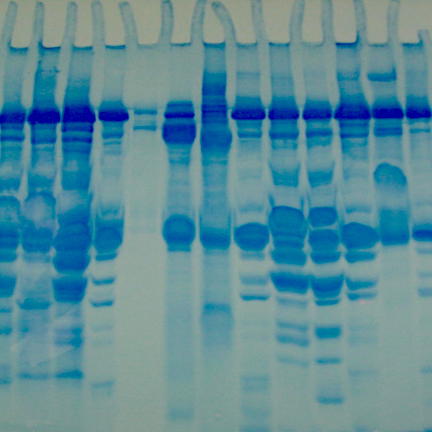
Protein Gel Electrophoresis
Animals
Evolution
Genetics
High School
Inquiry/Scientific Method
Molecular Biology
Students will separate a mixture of proteins from skeletal muscle using SDS polyacrylamide gel electrophoresis (PAGE). PAGE is a powerful analytical technique having numerous applications in modern biology. Evidence for evolutionary relatedness amongst organisms can be determined using this technique. Suggested organisms to compare include various fishes, mammals, poultry and/or… read more of the article entitled “Protein Gel Electrophoresis”
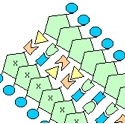
Protein Synthesis and Words- Comet
High School
Molecular Biology
mRNA is genetic information found in the nucleus of cells. Protein synthesis occurs in ribosomes found in the cytoplasm and on rough endoplasmic reticulum. If protein is to be synthesized, then the genetic information in the nucleus must be transferred to these ribosomes. This is done by mRNA (messenger ribonucleic… read more of the article entitled “Protein Synthesis and Words- Comet”
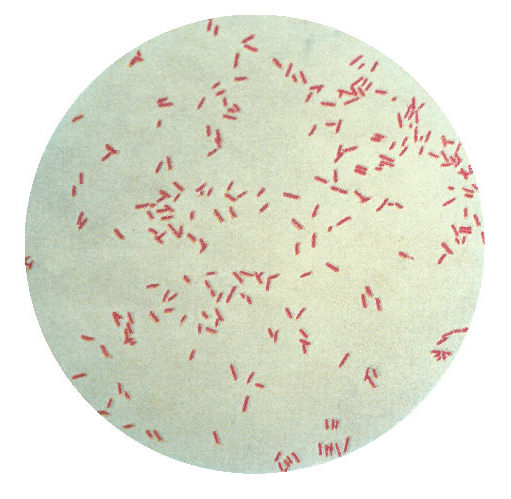
Pseudomonas Labs
High School
Inquiry/Scientific Method
Microbiology
Plants
Module 1: This classroom activity demonstrates interactions between plants and specific strains of Pseudomonas (a plant-pathogenic bacteria). Students will design an experiment that demonstrates the specificity of the hypersensitive response. This serves as a starting point to learn the importance of model systems through comparisons of two pathogens. Both Pseudomonas,… read more of the article entitled “Pseudomonas Labs”
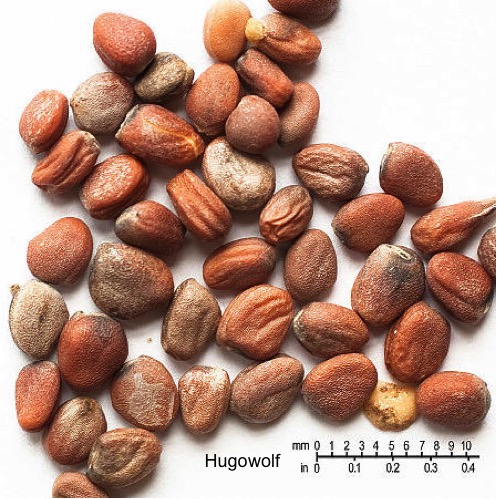
Radish Seed Lab- Chris Courtsunis
2012 CIBT Alumni Workshop
High School
Inquiry/Scientific Method
Middle School
Plants
This laboratory activity will test the effects of various household chemicals on the germination and growth of radish seeds in the lab. Downloads Radish Seed Lab (Chris Courtsunis) Radish Seed Lab Rubrics (Chris Courtsunis)
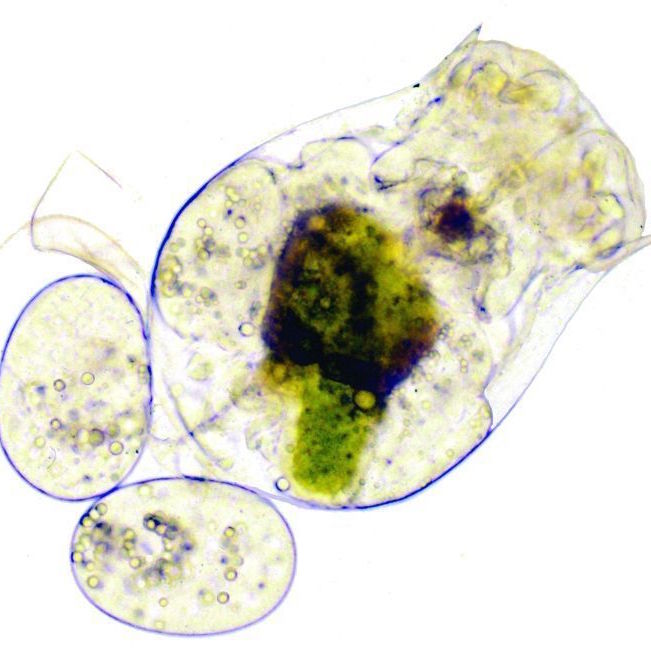
Rotifers Lab- Beth Chagrasulis
2012 CIBT Alumni Workshop
Animals
Elementary School
High School
Inquiry/Scientific Method
Microbiology
Middle School
These instructions detail how to collect bdelloid rotifers from moss, extract them, and view them under a microscope along with protozoa, nematodes, and tardigrades that also live in moss. Download Rotifer Article (Beth Chagrasulis) Rotifer & Tardigrade Collecting (Beth Chagrasulis)

Slug Lab
Animals
High School
Inquiry/Scientific Method
Middle School
Students will investigate the food preferences of garden slugs (Arion subfuscus) using simple equipment including margarine tubs, graph paper, scissors, and common plants, both wild and cultivated. The exercise is genuine scientific research in that: a) the student devises his/her own “research question” about slug feeding behavior, and b) the… read more of the article entitled “Slug Lab”

Soft Rot
High School
Human Health
Microbiology
Students will investigate the bacteria (plant pathogens) that cause soft rot on grocery produce (that mushy mess you often see on vegetables). By bringing some of this rotting produce from the store back to the lab students can isolate bacteria that are responsible for the disease (and sometimes yeasts, other… read more of the article entitled “Soft Rot”
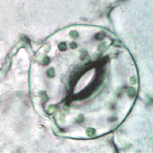
Stomata Safari- Carolyn Wilczynski
2012 CIBT Alumni Workshop
High School
Inquiry/Scientific Method
Microbiology
Middle School
Plants
On a “stomata safari,” students will view and compare the number and location of stomata from leaves of several species of plants. Once they have learned how to sample stomata, they will be able to investigate how plants distribute their stomata depending on the environment. Downloads Stomata Safari Lab (Carolyn… read more of the article entitled “Stomata Safari- Carolyn Wilczynski”

Tell-Tale Heart
Animals
High School
Human Health
Physiology
“The Tell Tale Heart” is an activity during which students familiarize themselves with the structure of the heart through a dissection. They locate the atria, ventricles, and major blood vessels. Through “surgical” procedures, students perform coronary bypass surgery and correct patent ductus arteriosus. Human and dog hearts are compared in terms… read more of the article entitled “Tell-Tale Heart”

